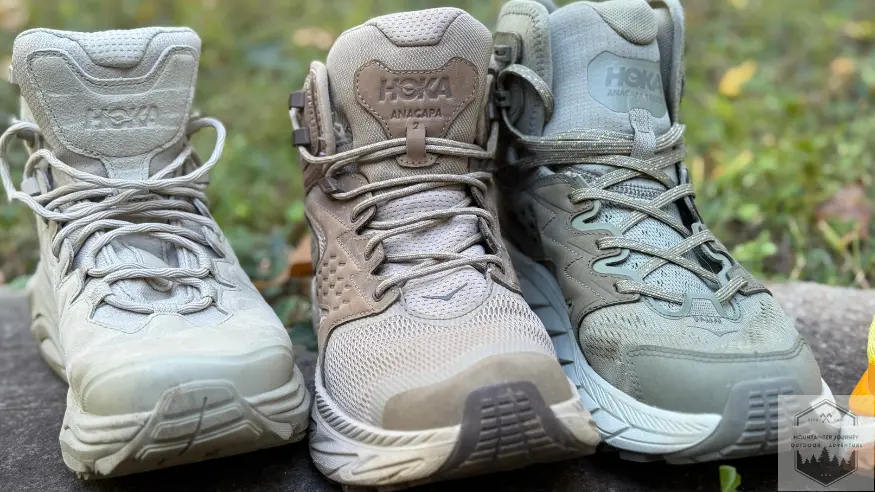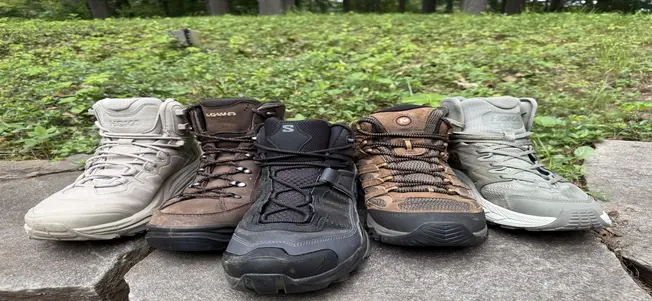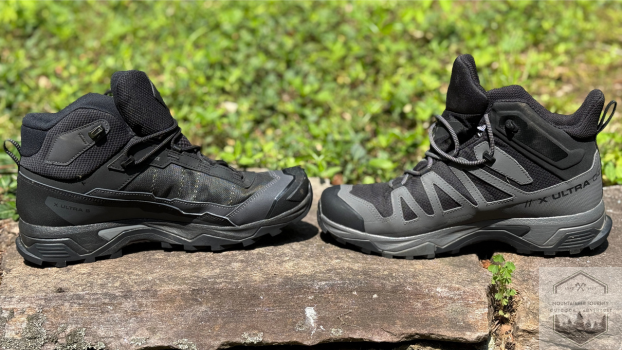OrthoLite Insoles | Tested & Reviewed

In this article, we are going to review the OrthoLite insole, its uses, breathability, comfort, and whether it’s worth it. I will also be sharing my personal experience using OrthoLite insoles with the Solomon hiking boots such as the Salomon Quest 4 and Salomon X 4 Ultra. OrthoLite started its manufacturing in the late 1990s and currently produces insoles for some of the world’s most popular brands, including adidas, Asics, and many others.
What is the OrthoLite insole made of?
The OrthoLite insoles’ open-cell structure creates air pockets between each cell, improving breathability. Some of the insoles are made of recycled rubber, while others are made of rubber material itself. They also use petroleum oil in manufacturing. OrthoLite has been known to use sustainable materials in the manufacturing of the insoles. OrthoLite insoles also have a patent to use antimicrobial properties in the manufacturing of the insole.
Many users are pleased with the insoles, which is why they are so popular. They are known to be plush and last for years. They are also known to be very lightweight, enhancing comfort. OrthoLite also claims that the insoles retain up to 95% of their cushioning after the first year of use.
Breathability
Upon hitting the trails, I found myself immersed in 90° heat. I noticed that the bottom of my feet, where the insoles are, did not incur as much sweat and heat as I am used to compared to other hiking boot insoles. While it was not a huge difference, I definitely noticed a small difference in terms of enhanced breathability.
Comfort
When I first tried the OrthoLite insole, I was skeptical because, once I took it out of the boot, I noticed how thin it was. I didn’t expect the amount of comfort that accompanied the insole. While it is not the most plush and comforting insole in comparison to the Hoka Kaha 2, it still provides a good amount of comfort and plushness.
Is the OrthoLite Insole worth it?
To be completely honest, I’ve only used the OrthoLite insole on Salomon hiking boots. The cushioning is great, but this is one of the lightest insoles I’ve felt. After taking them out of the shoe, they feel like a feather and provide more cushioning than expected. They have exceptional breathability and sustainability. In terms of shock absorption, these insoles do a tremendous deal, as the Salomon boots are already well padded in their outsole.
The OrthoLite insole only adds to the enhanced shock absorption. In my expert opinion, the OrthoLite insole has been an added benefit that I did not expect in my new testing of hiking boots.
My Experience with the OrthoLite Insole
While testing my Salomon X 4 Ultra (one of the most lightweight hiking shoes on the market), I noticed the OrthoLite’s lightweight profile, which only added to the enhanced benefits of lightweight hiking. I was able to get across rough terrain, causing me to drop a lot of weight onto my feet.
Compared to other insoles, the OrthoLite definitely has better shock absorption. Obviously, you need a well-shock-absorbing outsole; however, with the OrthoLite, the shock absorption is very complementary if you have a sturdy outsole. I noticed that the OrthoLite insole requires less frequent washing than other insoles, which is an important feature. I think this is due to the enhanced breathability and open cell structure that OrthoLite provides as compared to other models. I’d say I had a great overall experience with the OrthoLite insole, and it’s worth it.
Frequently Asked Questions
What is the Ortholite insole?
They are a popular sustainable insole made for many popular shoe brands. The insole is known to be comfortable, breathable, and made with open cell technology.
What are the benefits of OrthoLite?
Enhanced breathability, comfort, and extremely lightweight.
Adventure Awaits,
Tyler






